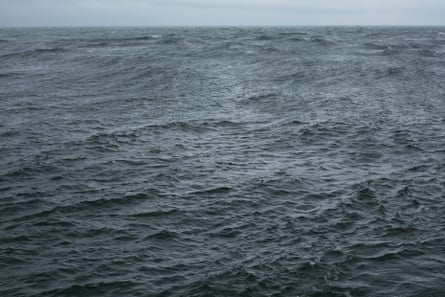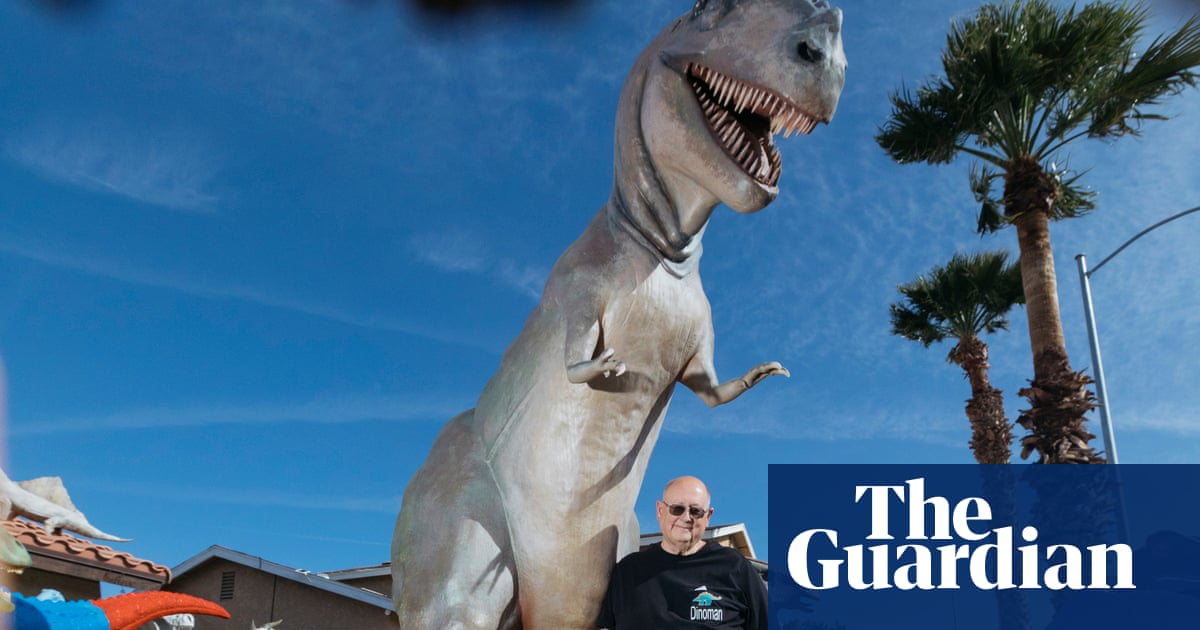In September the Pompidou Centre in Paris closes for five years for renovation. The building is nearly 50 years old and needs to be cleared of asbestos, and to reconnect with Renzo Piano and Richard Rogers’ original design after years of architectural accumulations. Many of the departments are already moving into temporary new homes, including the huge Bibliothèque publique d’information, the public library usually based on the second floor. Nearly all of its contents have been emptied out, but before it’s stripped back altogether, Wolfgang Tillmans has been invited to deconstruct it another way. His show, Rien ne nous y préparait – Tout nous y préparait (Nothing could have prepared us – Everything could have prepared us) covers all 6,000 sq metres of the space.
It’s an inspired setting because Tillmans’ work circles around questions of information. He makes documentary photographs but questions the parameters of photographic vision. In his ongoing Truth Study Center he collates newspaper cuttings, photographs, photocopies, drawings and objects on trestle tables, encouraging viewers to consider these elements and their claims to veracity; his installations are always site-specific, and take a nuanced approach to display. Situated in the Bpi, Rien ne nous y préparait – Tout nous y préparait is a meditation on knowledge, how it is organised, and where its limitations lie. “I do trust my eyes, I want to trust observation, study, but for that it is very important that I sharpen my eyes to how I see, how we record, what we capture,” says Tillmans.

The artist had been invited to show work from throughout his 40-year career, but this isn’t a retrospective and it isn’t arranged chronologically. Instead it’s a response to the space, and it’s a space with a big personality. The Pompidou’s distinctive blue pipes snake across the ceiling and a bold carpet covers the floor, mostly grey, with some lime green stripes and squares, and the occasional stain. The carpet also features purple patches in seemingly abstract designs; this is an even older carpet, already there when the grey one was added in 2000. The fitters cut around bookshelves and partitions to lay the grey and so, when those fixtures were removed, a ghostly imprint of the library was revealed. For Tillmans the resulting palimpsest suggests a photographic negative, and it’s something he was keen to keep; elsewhere he’s retained shelving, library books, magazines, the photocopying room, tables, individual study booths and signage.
The vacated BPI requires an exceptionally talented – and prolific artist – but Tillmans makes it look easy. Celebrated images such as Moon in Earthlight (2015) share wall space with the fire extinguishers; a long, thin corridor suggesting a rat run is home to a mid-1990s series on a street rodent. Some of the images are displayed at very large size, such as The State We’re In, A (2015), a documentary shot of a paradoxically ever-changing sea, or Panorama, right (2006), and Panorama, left (2024), which each measure six metres long. These huge works are cheek-by-jowl with much smaller images, even postcard dimensions, creating a physical experience worlds away from same-size online viewing. Some prints are framed, some clipped up, some stuck to the wall, each suggesting questions about how photography isolates what it shows.
Not that Tillmans is sniffy about mass-reproduction. Vinyl-printed versions of the Panorama images are also installed in Berlin’s Berghain nightclub, the exhibition booklet informs, while tables towards the end of the space gather his work with magazines, including Arena Homme+ and Butt. There are also tables devoted to his photobooks, one displaying every spread of 1997 publication Concorde, a testament to 1960s techno-utopianism and cross-channel co-operation. At the end of the exhibition there’s a BPI reading table, complete with reading lights, and his monographs free to flip through. In the Autoformation [“Self-education”] booths there are videos on demand, allowing visitors to explore as they choose. Elsewhere are reproductions of image and text pieces Tillmans circulated online and as posters, exhorting readers to vote Remain, or against Marine Le Pen or Donald Trump. Some of these images and texts made it on to T-shirts, and there are photographs of people wearing them. “What is lost is lost forever,” reads a rallying cry about Brexit, a message the march of time has made forlorn. Nothing could have prepared us, though on the other hand Tillmans did try.

Tillmans isn’t anti-technology at all, speaking excitedly at the press view of the new possibilities afforded in the 2000s by ever-faster digital cameras. One of the intriguing aspects of this show is seeing how consistent his interest in technology has been, with very early works such as distorted black-and-white photocopies from 1988 sitting happily alongside contemporary prints.
A final room is a sound installation, 2018’s I want to make a film, in which Tillmans narrates a potential project looking at digital technologies, while another installation, Travelling Camera (2025), hovers across the back of a digital 4k screen, a usually hidden infrastructure he has dotted with found fragments such as seashells and postage stamps. It’s not kit for the geeky sake of it, as evidenced by a large photograph of Russian troops in Moscow, shot in 2005. Tillmans is asking what we know, and how; what we notice, or are shown, and what remains obscure.

 13 hours ago
6
13 hours ago
6

















































